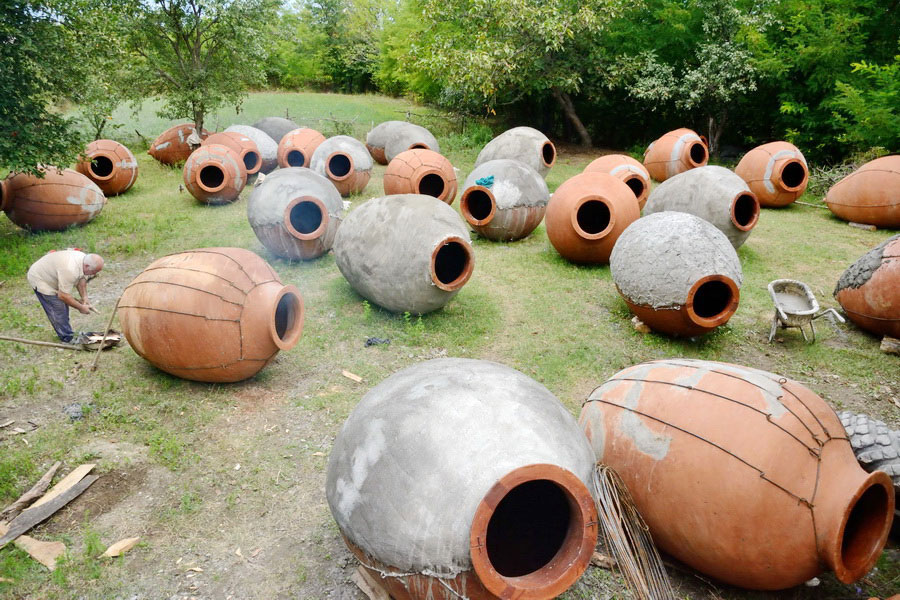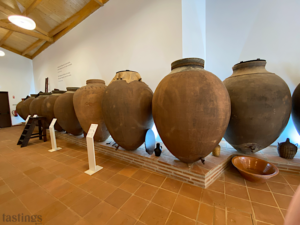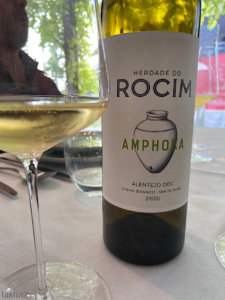For many of us Rum is a drink first associated with fun; beach vacations with a Pina Colada or Daiquiri, a Hurricane at Mardi Gras, rum and cokes at a college party, or Mai Tais and Painkillers keeping the winter blues away while you dream of beautiful Polynesian islands. Rum more than any other beverage is associated with fun. But don’t let the fun fool you, in the finest examples, such as El Dorado 15 Year or Zacapa Centenario, rum is as fine a sipping spirit as Single Malt Scotch, Cognac, and Bourbon, with connoisseurs taking the spirit just as seriously. What rum lacks in reaching true premium status is the regulatory regiment of a single country enforcing production methods.

Imagine going to the store and having to ascertain if the Rittenhouse, Midleton, Eagle Rare, Yamazaki, or Lao Khao bottle next to the Macallan 12 was or was not the same kind of whisky. Lines of demarcation and order largely exist in the world of Whiskies, because of countries regulating regional categories. Those regulations over time lead to a global marketplace and public awareness that when you pick up a bottle of Weller 12 you don’t think the whiskey will taste like Laphroaig 10 Year. Now head down the Rum aisle and attempt to ascertain the differences between sugar cane column still distillate like Rhum J.M. or molasses-based column distillate from Havana Club. Is 21-year-old Fijian pot still from Holmes Cay or 10-year pot still from Mount Gay basically made the same way or totally differently? What is the difference between Worthy Park and Zaya when the retailer describes both as “rich and heavy” in style?

As rum becomes a more serious sipper with aficionados and collectors there is a temptation to homogenize to a categorical standard along the lines of Single Malt Scotch Whisky. Although these efforts towards truth in age statements, transparency in cask management and distillate source, and removal of flavoring and additives in Rum not marked as flavored or spiced are to be commended, one need only scan a few online message boards to wonder if the current call for “dry” Rum is sucking the fun out of the category. Admittedly some Rums are so heavily back sweetened as to border being a cordial and we are all aware that sugar has long been used to cover up flaws in distillate, as well as bitterness and tannins picked up in oak maturation. Nonetheless, sugar—whether direct from the fields, processed and returned as molasses or used to back-sweeten—is the base ingredient of Rum and some degree of sweetness is an inextricable part of the spirit, character, and fun of Rum.
History shows that Rum has always been sweetened. Sugar hides flaws of lower quality products and obscures complexity, intensity, and nuance in high quality products, but when blended and balanced delicately can add a rounder texture, counteract the perception of acid and alcohol, and accentuate natural fruit flavors. Some of the finest wines in the world like Chateau d’Yquem, Egon Müller’s Riesling, or Tokaji Essesncia rely on sugar. Many Champagne house tête de cuvée also include a dash of sugar to balance the acidity. The ability to include a little sugar should not be seen as bad in and of itself. Sugar used to excess or added with the ability to also mix in vanilla, cinnamon, and other flavors, as is done in various countries without any disclosure, while other producers choose to be transparent or are required to by national law to do so, is the problem and essentially like doping in international sports. The long-term solution, like sports, is regulation such as we see with Martinique AOC Rhum and are beginning to see with efforts from Richard Seale of Four Square distillery, Mount Gay, and Diplomatico in creating Rum Designations of Controlled Origins (DOC), and others testing new categorical constraints.

Island dreams of establishing national regulations from a year-round BevTest lab in Fiji aside, the team at Beverage Testing Institute are well qualified to unravel the testing portion of this Gordian Knot (and blind no less!) Rum cannot be simplified down to pot still, column still, or blended, nor broken down to cane juice, grade A, B, and black strap molasses. The French, Spanish, or English colonial traditions of a place also only paint a partial picture that can often obscure much like the use or exclusion of back sweetening. Is there a funky characteristic arising from the use of natural yeast, dunder pits, or a variety of casks? Each of these aspects, and many more, must be understood and placed in context without the benefit of standardized categories (tasting XO Cognac seems so simple in comparison) to contextualize and analyze a Rum. A complex situation to be sure, but there too is part of the fun of Rum. With or without sugar or cask aging, a rum’s story is told by the quality of distillate, devoid of flaws, and then blended and balanced to please the senses. So let’s get to tasting and let the tropical vacation begin.





